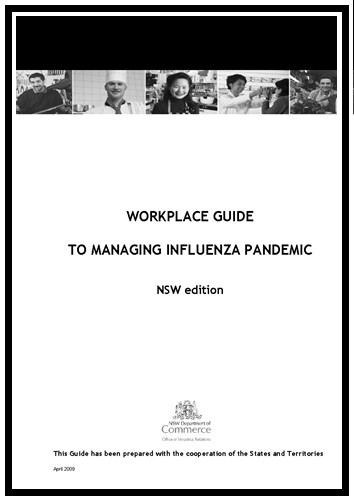Craig Donaldson interviewed Joydeep Hor, managing partner of Australian law firm Harmers on employment issues related to the swine flu outbreak. Joydeep rightly points out that HR and OHS processes should not differentiate between swine flu and other workplace illnesses. Hor briefly discusses the employers duty of care and how to question one’s traditional approaches to the “sniffles” at work.
Of course there is also the much under-enforced obligation of the employee not to put their work colleagues at risk – the major argument against presenteeism.




